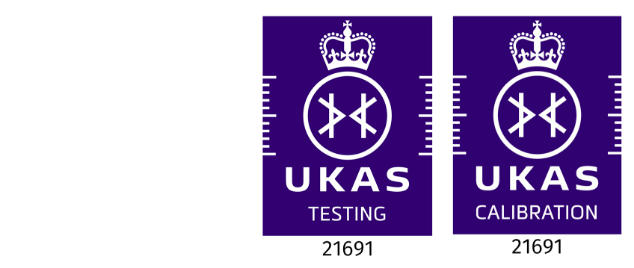Marketing the Weather

Imagine being able to use the weather to predict the future. This may sound like the plot of a bad science-fiction film, but this is exactly what retailers and other businesses are doing. The result? The ability to target the right consumer at the right time, increase sales and make millions of pounds’ worth of […]



